This past week, I found something Different.
You can watch it here.
“What I liked about this book is that her writing style and approach to the subject gets into the contours and folds of marketing in interesting ways.”
She tells stories as an academic and as a Mom. In one chapter, standing in the cereal aisle, she describes how people categorize the cereal brands and truly nothing stands out because everyone is playing by category rules. Everything merges together into a breakfast blend of brands. No one is really challenging the approach to what cereal means since it is always about adding and augmenting with more fiber, less sugar, less fat, more this and less that. Those of us who buy cereal, know the rules of categorization for this aisle, can segment kids versus adult brands or indulgent versus low-fat. But nothing is really different.
Hostile brands that actual try to keep people out by making membership in the brand hard work. They tend to be extremely polarizing forces that requires you to get off the fence and make a choice- love it or hate it. Brands like Red Bull or Benetton are examples of brands that push your buttons and try and establish difficult points of entry for becoming a member of their tribe. A great example she describes is Marmite, a food spread made from beer yeast by-products, whose tagline is “Love it or Hate it.” When was the last time your brand forced your target to commit?
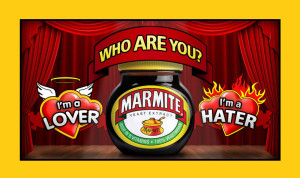 |
| Marmite brand, forcing the consumer to commit |
I loved this book since it made me think about marketing and brands along with a multi-dimensional plane where the challenge is to move away from competition as you redefine your unique place in the category. Products like Pull-Ups, are an intriguing example of how the diaper companies were struggling to find ways to keep children who grew out of traditional diapers (Pampers from P&G and Huggies by Kimberly Clark) in the category of needing something to protect their clothes. Their consumers stay in the category a very short time- 2-3 years so the challenge was how to get them to stay longer. 3-year-old kids don’t want to wear diapers anymore because they see themselves as big boys and girls. In rethinking what a diaper is Kimberly Clark re-imagined the product and made children’s underwear with a diaper-like protection called Pull-Ups. This created a new sub-category of big kid underpants. Today it’s the fastest growing segment of that overall category and it did it by rethinking the definition of a diaper.
I am always interested in new ways of seeing old things. In my food world, I recently found a recipe for lasagna cupcakes. It’s a great example of rethinking what lasagna could mean when you change the shape and form that it is delivered. Dyson’s recent introduction of a fan without a blade is another beautiful example of challenging the essence of a brand by deleting one of the features (a blade) that you assume has to be part of the product.
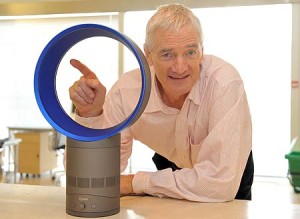 |
| Fanning the flames of what a fan stands for |
Blue Oceans
The only other book I have read in the last decade that focused on this very issue was Blue Ocean Strategy by W. Chan Kim & Renee Mauborgne. It too establishes fresh ground in describing ways of looking at blue oceans where competition doesn’t exists versus the bloody red oceans of competitiveness. This book describes in great detail over 150 brands over 100 years in 30 industries and how to create a world without the competitiveness that exists in most categories. Blue Ocean Strategy is another marketing book I would urge you to also read.
The difference between Blue Ocean and Different by Youngme Moon’s book is that her story unfolds and is revealed through a personal voice that is crisp in delivering her message and friendly in telling each story. Reading her book was like a conversation over coffee with a marketing colleague. I was reminded of one of my favorite professors at the University of Pennsylvania’s Annenberg School of Communications named Ray Birdwhistell. Ray was an anthropologist whose work in Kinesics and non-verbal communications was a landmark in nature. He used to talk about observing cultures and once remarked that the moment most people in a community start believing something is true, that is often the moment when it started to be false. I took me 38 years to start to understand his observation about following the herd. It was a subtle reminder of what different really means.
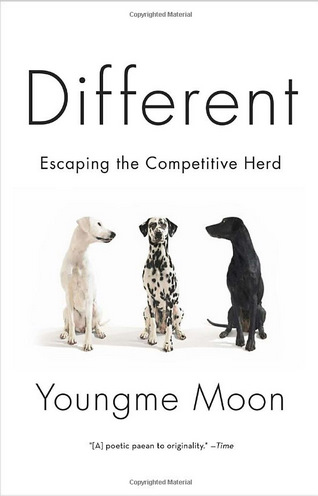
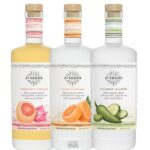
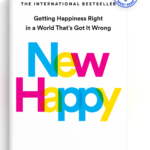


I look forward to reading this new book and likely learning from it.
Yes, “Blue Ocean Strategy” was interesting, on a theoretical level. Pretty rough going for executing as the authors suggest, especially in larger organizations.
The book that nails the Differentiation topic best for me is Jack Trout’s “Differentiate or Die.” Get the second edition with fresher business examples and lots of Trout’s attitude demonstrating big errors by major brands. Best for me is that he points out a range of ways brands can be competitively differentiated. Perhaps not the only ways but, given how few brands do it successfully at all, its great, actionable info.
This book looks really interesting, thank you for the recommendation Jeff.
Thanks for the comprehensive review, Jeffrey. You’re right. This not only applies to companies looking for ways to market their products and services in an extremely saturated market. Bloggers, regardless of their niche, can learn a whole lot from this. As much as I hate to admit, I have been building my blog based on what everyone else is doing.
Can’t wait to get my hands on this book and really learn what it means to be different.
I found YoungMe’s book refreshing and to your LI point that lured me in to read your post, most business books have become repetitive, but her book from cover to cover kept providing new insight with some great examples to drive home her point. However, regardless of her point, most brands in CPG are not truly differentiating themselves.
So true, and something my partner and I are always trying to tell our clients. But 90% of the time they take the safe approach, which turns them into a a “met too” real quick. It takes guts to be different. But it’s more than about being different, you have to be different and meaningful. I’ll check out the book.
By the way, my wife hated pull ups. We used them with our 1st child and all it did was extend the potty training period. We did not use them with our second daughter and was completely “trained” before her second birthday. Pull ups make staying wet too comfortable. Great marketing idea, not so good for us.